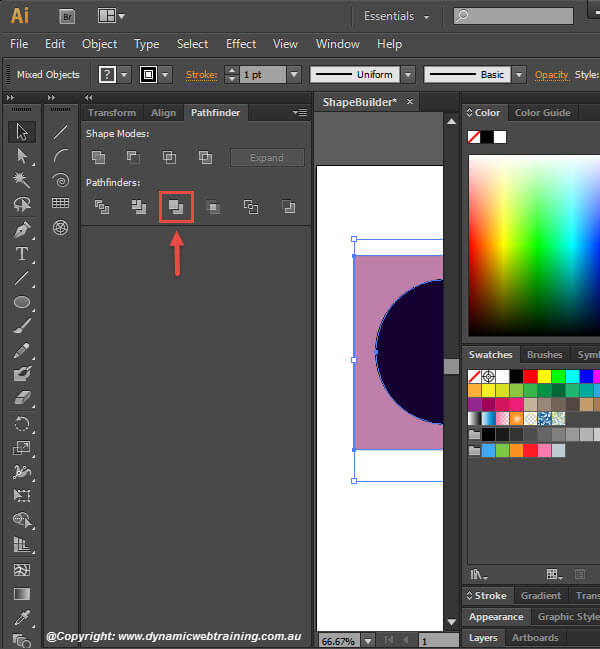
In order to select objects with the rubberband in Inkscape, an artist must completely select the entire area of the object, not just select over part of it, to include it in the selection. Instead of holding down the Ctrl key and pressing + or - to zoom the canvas, in Inkscape the artist simply presses the + or - key to zoom. In 0.46, it is possible to set up Space to work as in Illustrator: even though there's no Hand tool, holding Space and dragging canvas will work if you turn on this mode in Inkscape Preferences (Scrolling tab). Holding the arrow key speeds up the pan in that direction. In Inkscape, the artist can also pan around the canvas by holding the Ctrl and pressing the arrow keys. Alternatively, rotate mouse wheel to pan vertically, rotate with shift to pan horizontally. Instead of using the Spacebar for panning around a document, in Inkscape an artist can press and hold the middle mouse button (or mouse wheel) and drag the canvas in any direction.
Handwriting in adobe illustrator with mouse free#
Free transform and perspective transform (only via extension).Natively work with graphs based on data.Color management for print (ICC Profiles, etc.).Multiple strokes and fills for one object.Things Illustrator can do that Inkscape cannot do: Tools: see AdobeToolMap for complete tool equivalency reference.Marquee: this is called "the rubberband" when selecting.Palettes: in Inkscape, "palettes" are called "dialogs", such as the Fill and Stroke dialog.Anchor Points: in Inkscape, anchor points are known as "Nodes".You need to delete that from the file manually, before you use it with AI again, or when exporting from AI, uncheck "Preserve Adobe Illustrator Editing" and "Optimize for Adobe SVG viewer" (see FAQ). Inkscape only changes the 'real' SVG code, and AI does not notice these changes, as it only looks at the binary contents when that exists. This is because AI saves the picture twice inside the SVG file: once as real SVG, for SVG viewers to use, and once in AI's own, binary format, which AI uses when it opens the file. If you export an SVG file from AI, edit it in Inkscape, and then open it again with AI, you may notice that your changes to the file seem lost. Since version 10, AI can import SVG directly, so this detour is no longer necessary and support for it has been removed from Inkscape.Īs Inkscape has one incompatible feature, flowed text, you need to convert all flowed text to normal text using Text -> Convert to text, before you save to SVG (or to 'Plain SVG', if you don't need to edit the file with Inkscape again). This required the installation of Ghostscript, and didn't always work well. To Save Files in Inkscape for Use with Adobe Illustrator and vice versaĮarlier versions of Inkscape (up to 0.46) supported export to the. Inkscape can also export its documents as PDF.
Handwriting in adobe illustrator with mouse pdf#
Conversely, Inkscape opens Adobe's AI (since version 9) and PDF files (with some limitations: gradient meshes are approximated by lattices of small paths, and transparency modes don't work). Illustrator can import Inkscape SVG and export SVG which Inkscape usually opens without problems (there's one issue to be aware of).

16.1 Inkscape's node editing advantages.16 Working with Nodes (Anchor Points) and Paths.14 Proportional Scaling and Center Point : Shift and Control Keys.5 Things Inkscape can do that Illustrator cannot:.4 Things Illustrator can do that Inkscape cannot do:.2 To Save Files in Inkscape for Use with Adobe Illustrator and vice versa.


 0 kommentar(er)
0 kommentar(er)
